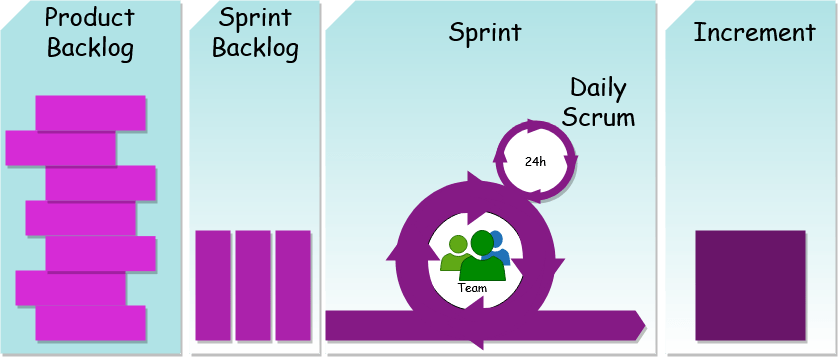Learn from the Community
by Admin
Posted on 06-10-2022 04:06 PM

There are over 100 books about scrum on the market today, tens of thousands of papers, articles and presentations, but it all starts with the scrum guide. The scrum guide was written and is maintained by the creators of scrum, ken schwaber and jeff sutherland and is considered as the body of knowledge for scrum. With over 500,000 members of our scrum community, you can ask a question to the forum and expect responses that will immediately help you.
Our community of professional scrum trainers (psts) are experts in their field and are always writing blogs which
provide
insights from their experiences working directly on scrum teams.
Popularized by elon musk, utilizing first principles thinking to solve problems in an innovative, creative, and less biased way has proven popular in the tech community. Given that its sibling empiricism is an integral part of scrum as a framework, applying scrum first principles thinking is also a useful exercise. learn more about how to elon musk the scrum guide. 🗞 do you want to get this article in your inbox in the future? you can sign up here for our weekly ‘food of agile thought newsletter’ and join 29k other subscribers.
An Introduction to the Scrum Framework
Scrum principles and practices book is a pragmatic resource full of pictures and examples for scrummasters, product owners, and everyone else who collaborates on a scrum team. Print size: 7. 5″ x 8. 5″
paper type: high quality 28 lb paper with card stock covers
binding: sprial-bound
pages: 169 pages
chapters: agile introduction, scrum framework, product backlog, sprint cycle, getting to done, scrummaster role, product owner role, and resources for further learning.

The six Scrum principles
As we mentioned above, the scrum methodology centers around six key principles that can be used to sculpt the workflows of your team. The six principles are: empirical process control, self-organization, time-boxing, value-based prioritization, iterative development, and collaboration. Importantly, these are different from the five scrum values – courage, focus, commitment, respect, and openness – which we'll cover later on.
The scrum process was conceived as a “lightweight framework that helps people, teams, and organizations generate value through adaptive solutions for complex problems,” as stated in the official scrum guide. Approaching a complex problem with a lightweight framework sounds counterintuitive, but scrum’s wide adoption means that it does so successfully. Scrum is iterative, adaptable, and, therefore, effective at dealing with complexity and change. Scrum also relies on culture, nurturing a set of values and principles that keep team members motivated and focused on goals.
Scrum is a framework that helps teams work together. Much like a rugby team (where it gets its name) training for the big game, scrum encourages teams to learn through experiences, self-organize while working on a problem, and reflect on their wins and losses to continuously improve. While the scrum i’m talking about is most frequently used by software development teams, its principles and lessons can be applied to all kinds of teamwork. This is one of the reasons scrum is so popular. Often thought of as an agile project management framework, scrum describes a set of meetings, tools, and roles that work in concert to help teams structure and manage their work.